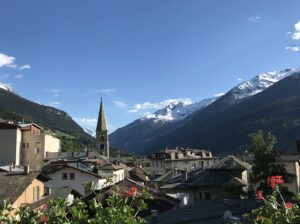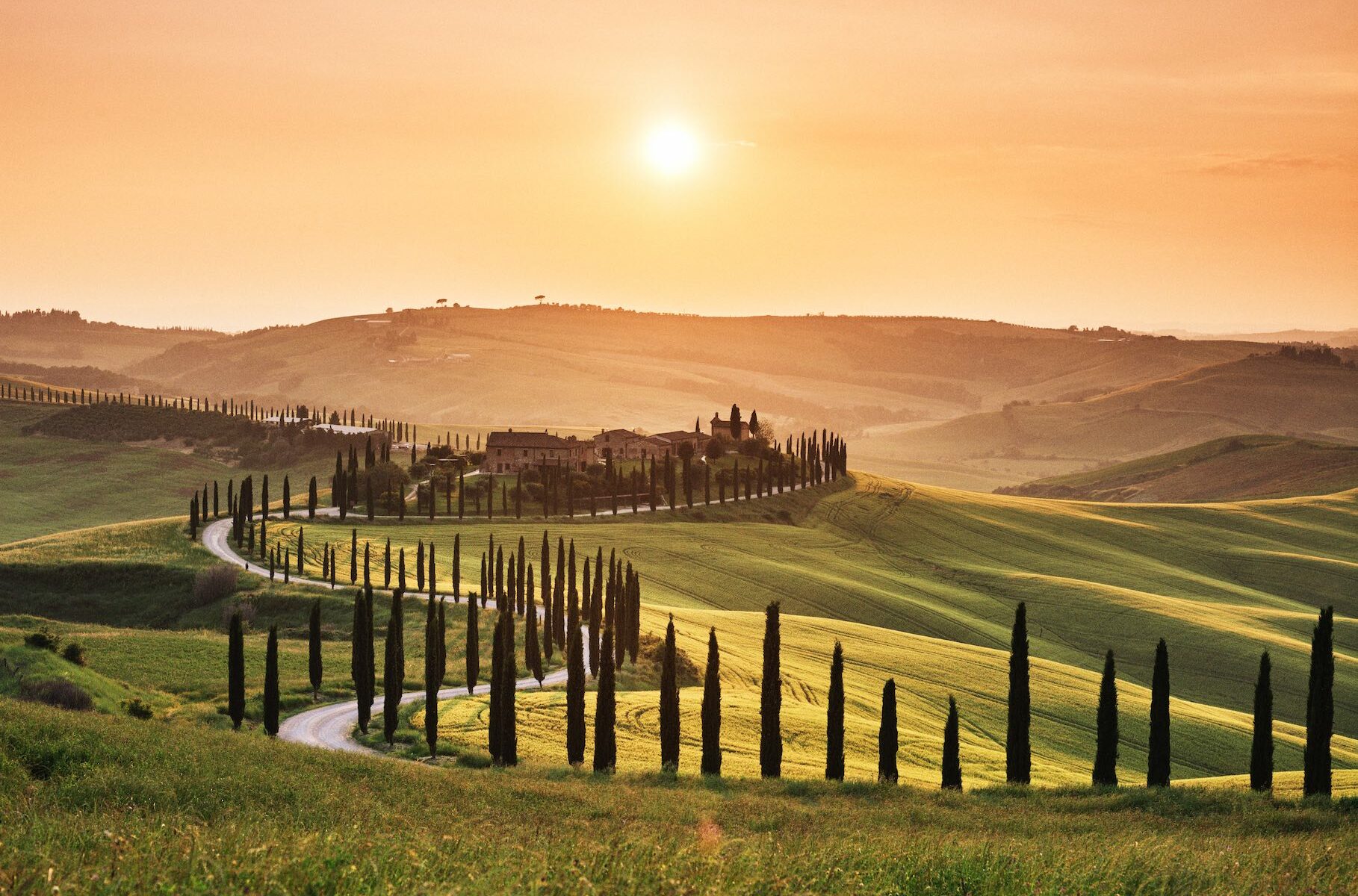Second home focus: Italy
Italy has been one the few countries in which home prices have stagnated or declined in recent years. Persistent economic weakness, along with a large number of properties in poor repair, has dampened enthusiasm for many areas of the market. However, Italy retains its glamour, and areas such as the north Italian lakes, Capri and Tuscany are still popular with international buyers.
The market has also been given a boost by a number of far-sighted government schemes, including the introduction of a 110% building bonus as part of the post-pandemic economic recovery plan. Available for both domestic and international buyers, the scheme provides generous assistance for making environment-friendly renovations to homes and has helped generate interest in repairing long-neglected buildings.
Local authorities have also taken steps to sell off crumbling houses in remote towns and villages for just a single euro. Entire villages that have come up for sale have gradually evolved into boutique resorts. The initiative has come at a fortuitous time, meeting the desire of many Europeans to seek an alternative lifestyle.

Rebounding prices
These schemes, plus some modest revival of the economy in the wake of the Covid-19 pandemic, have helped lift the valuation of properties. In 2021, the price of existing properties grew by 1.8%, while that of new homes increased by 3.3%, in a trend interpreted by some real estate groups as a profound transformation of the Italian property market after many years in the doldrums.
A rebound in the prices of both existing and new properties is seen by some real estate groups as a profound transformation of the Italian property market after years in the doldrums.
In some areas demand has remained consistent. BIL’s Head of WM lending Catherine Bastien says: “We are seeing demand in Tuscany and Lombardy, as well as Lago Maggiore and the Italian Riviera, including Portofino. These are quite small areas and houses there tend to be highly priced, with demand exceeding supply. In addition, Milan is a growing focus for second residences among high net worth individuals.”
Transaction costs in Italy tend to be low compared with purchasing in many other European countries, and the relative weakness of the property market means more bargains may be available for international buyers, particularly those willing to take on renovation. Italy also has a buoyant rental market, particularly in large cities such as Florence and Rome.
Few restrictions
There are also relatively few restrictions on who can and can’t buy property in the country. Non-EU citizens can buy property whether or not they are Italian residents, as long as their home country has a reciprocal agreement with Italy.
When you make an offer on a property, you will be expected to pay a deposit of 1% of the sale price as a sign of good faith.
When you make an offer on a property, you will be expected to pay a deposit of 1% of the sale price as a sign of good faith. An additional 20% to 30% will become due once the preliminary contract (compromesso) is agreed. From this point on, if you back out of the transaction, the deposit is unlikely to be refunded, but if the seller withdraws, they are liable to have to reimburse double the deposit in compensation.
The compromesso sets out the details of the sale and the deadlines for assembling paperwork. The process is dealt with by a notary who registers the transaction. The buyer will need an Italian tax code; obtaining the code is relatively straightforward and is available to non-Italians on request.
Once the compromesso is agreed, the notary conducts the title search and prepares the final contract. The remainder of the capital is due when it is signed. In general, expect to pay between 10% and 12% of the purchase price in fees and taxes, including the registration tax, VAT, land registry tax, legal and notary’s fees.

Generous capital gains rules
In addition to the usual maintenance costs of owning a second home, local property taxes must be paid. The basic property tax is the Imposta Municipale Unica, to which everyone who owns land and property in Italy is subject and is usually between 0.4% and 0.76% of the total value of the property. The tax was revised in 2020 to give local governments more flexibility. Tax payments for waste collection and disposal, known as Tassa Rifiuti or TARI, are levied separately.
Non-residents who rent out property in Italy will pay tax on that income at normal income tax rates.
Non-residents who rent out property in Italy will pay tax on that income at normal income tax rates. Taxable income is usually the rental income less a lump sum deduction of 30% for repair and maintenance costs.
Capital gains tax rules are relatively generous to property owners in Italy. As long as you hold the property for more than five years, you don’t have to pay capital gains tax on disposal. If you hold it for less than five years, gains are taxed as income. You can deduct certain acquisition costs and related expenses.
After having seen prices decline steadily since 2011, Italy’s property market started to rebound in 2020. However, property remains more affordable than a decade ago even in the country’s most sought-after regions, and international investors are taking advantage of the opportunity to buy into the country’s renowned culture, lifestyle and quality of life.


 Mortgage
Mortgage Personal loan
Personal loan Savings
Savings